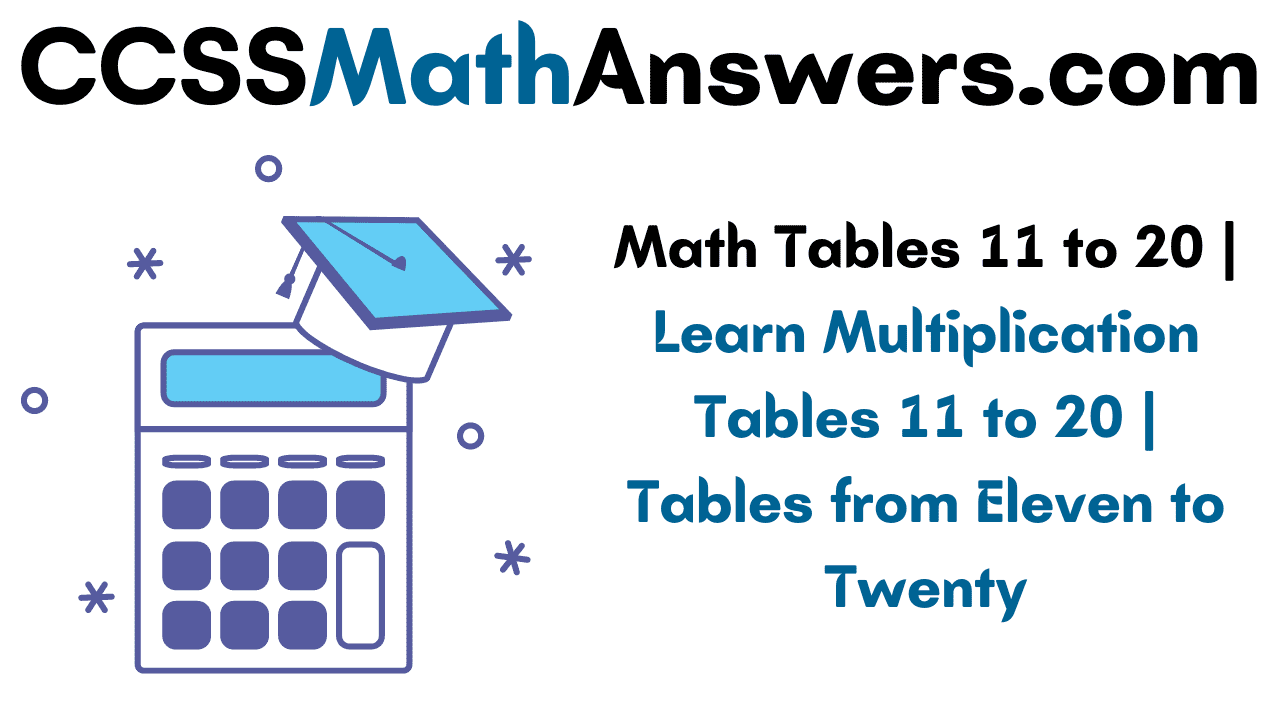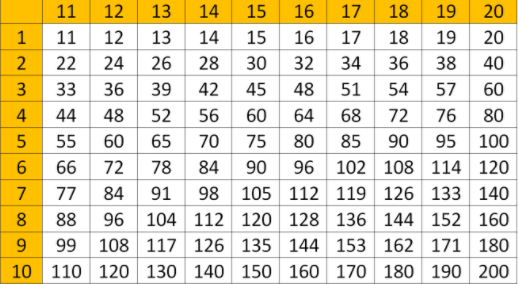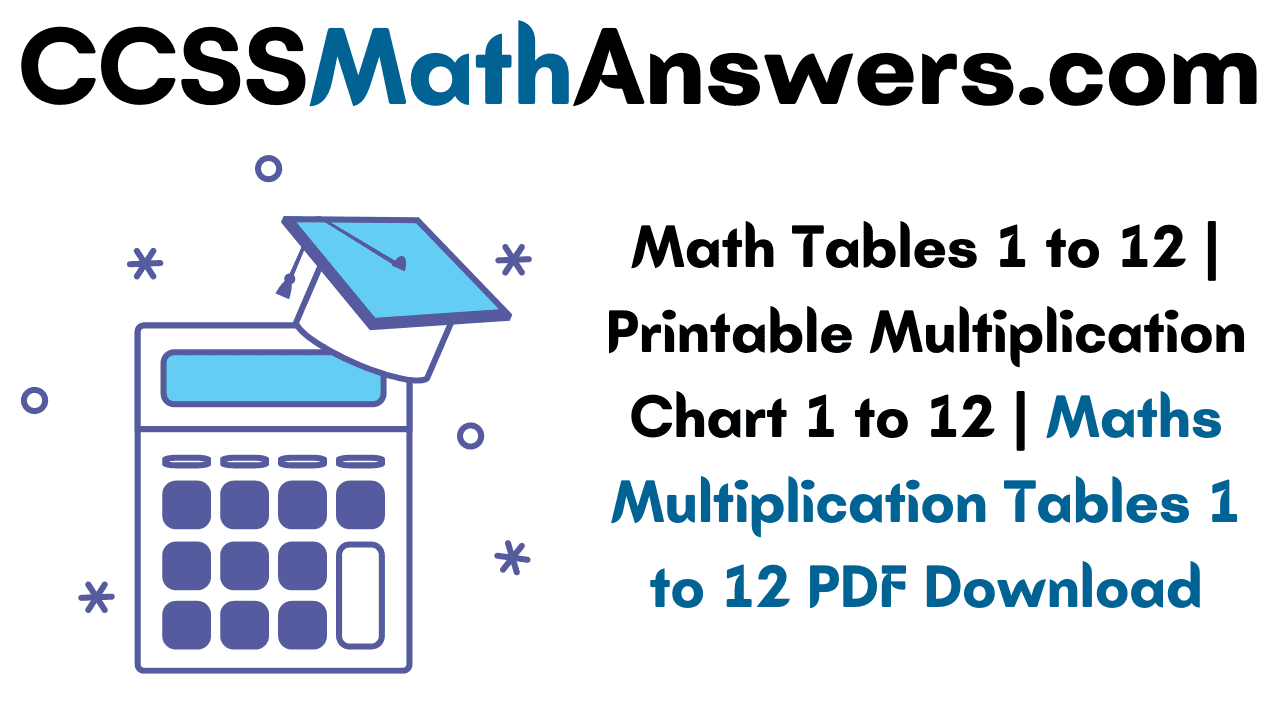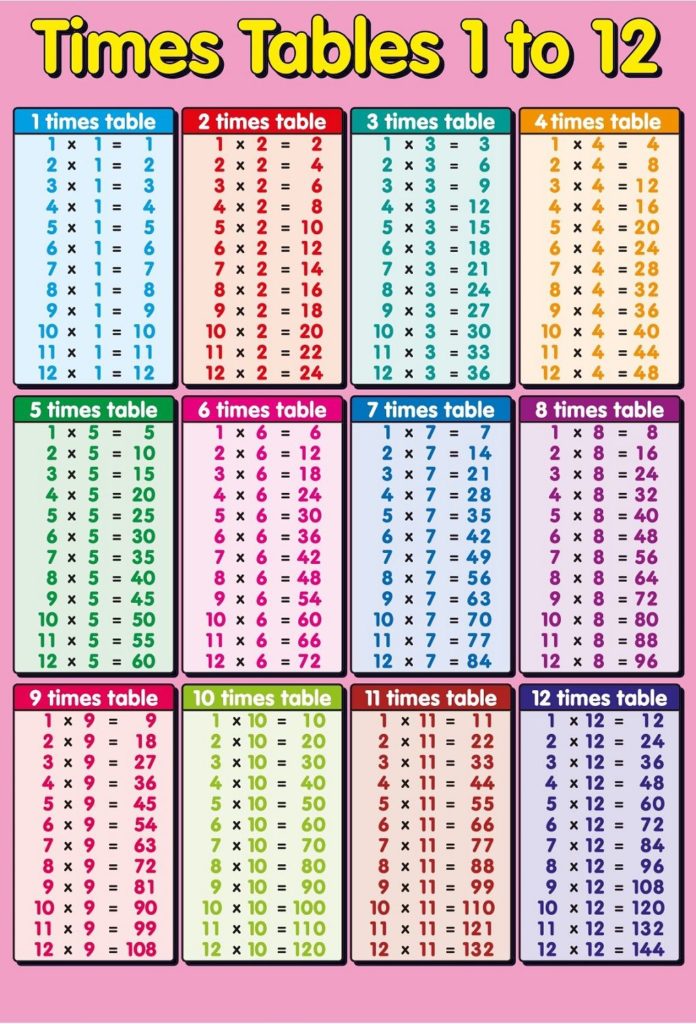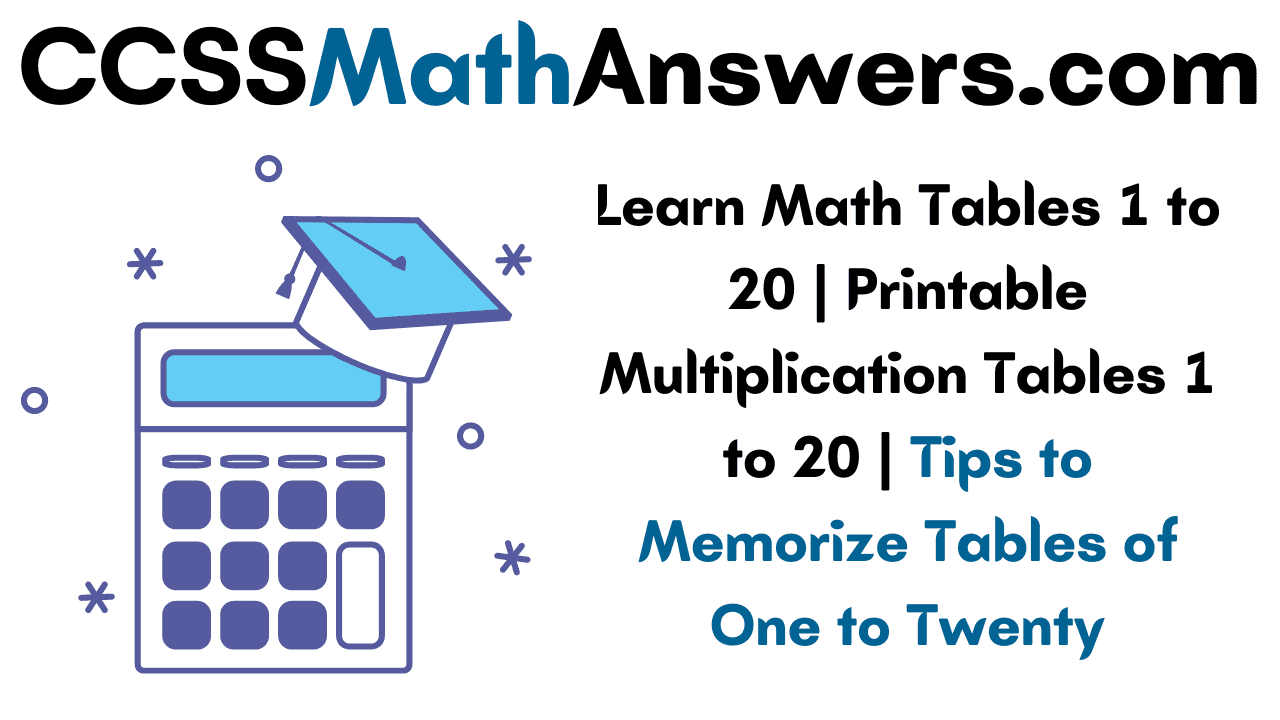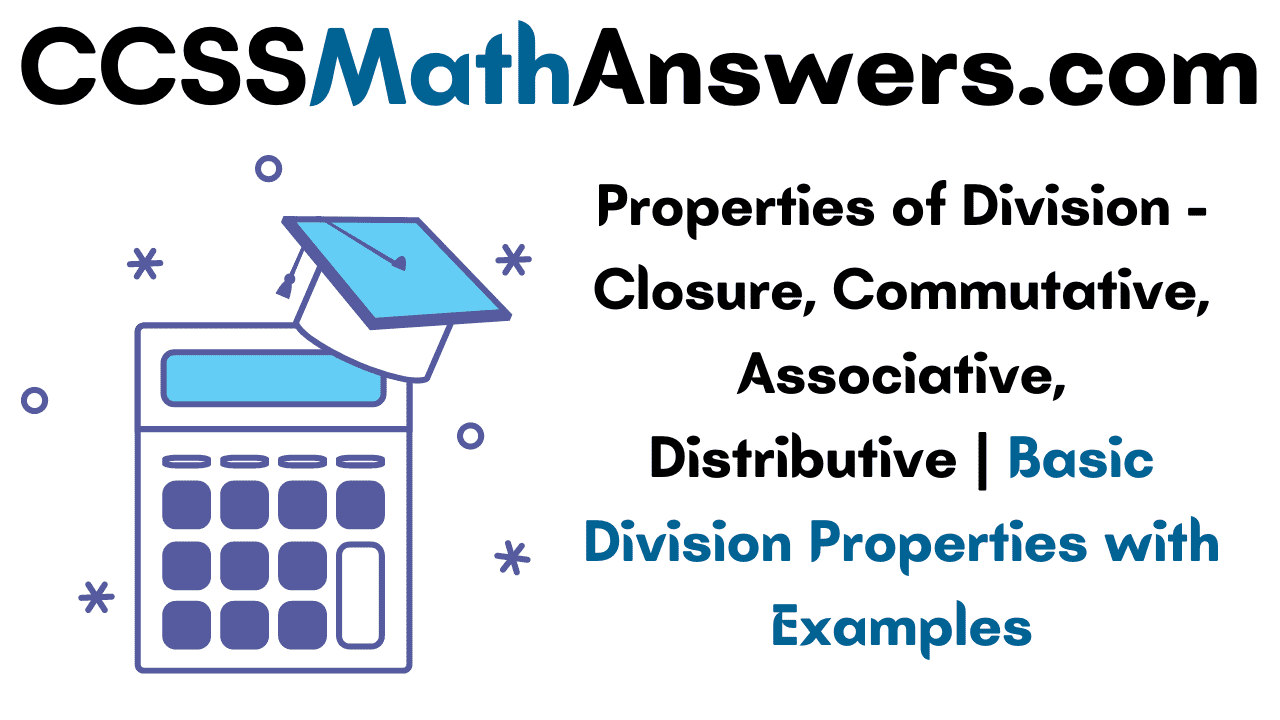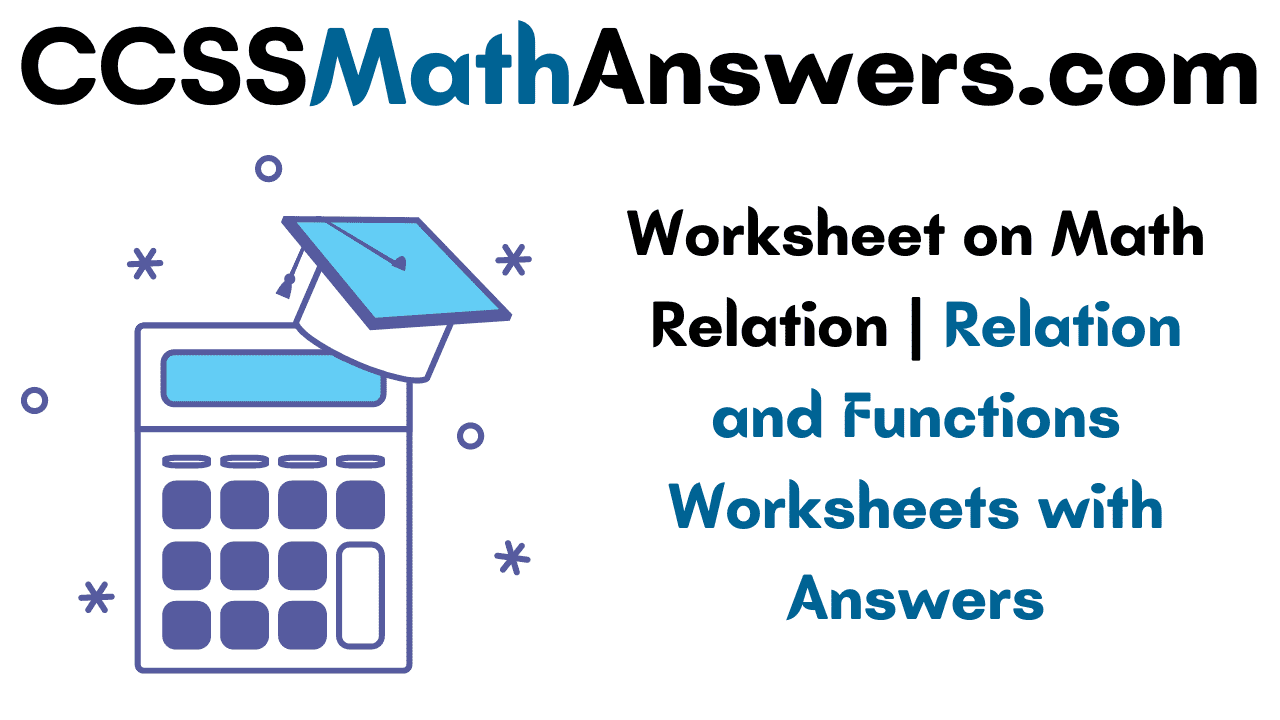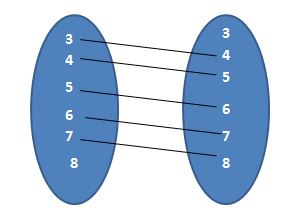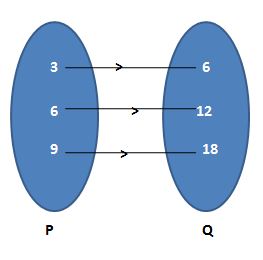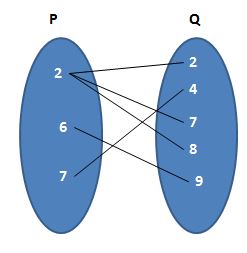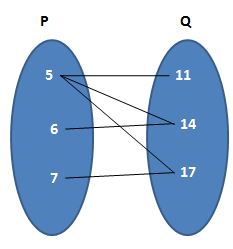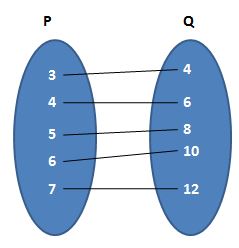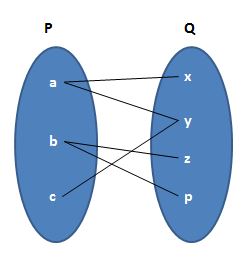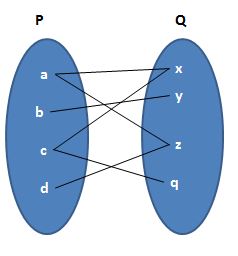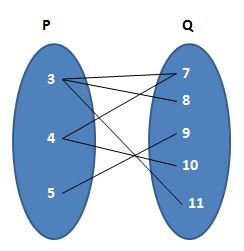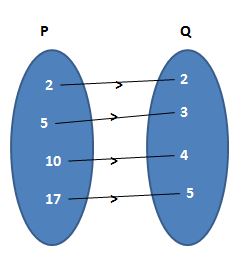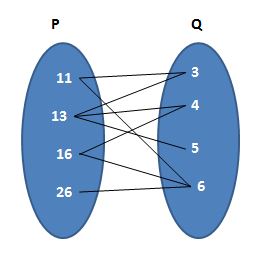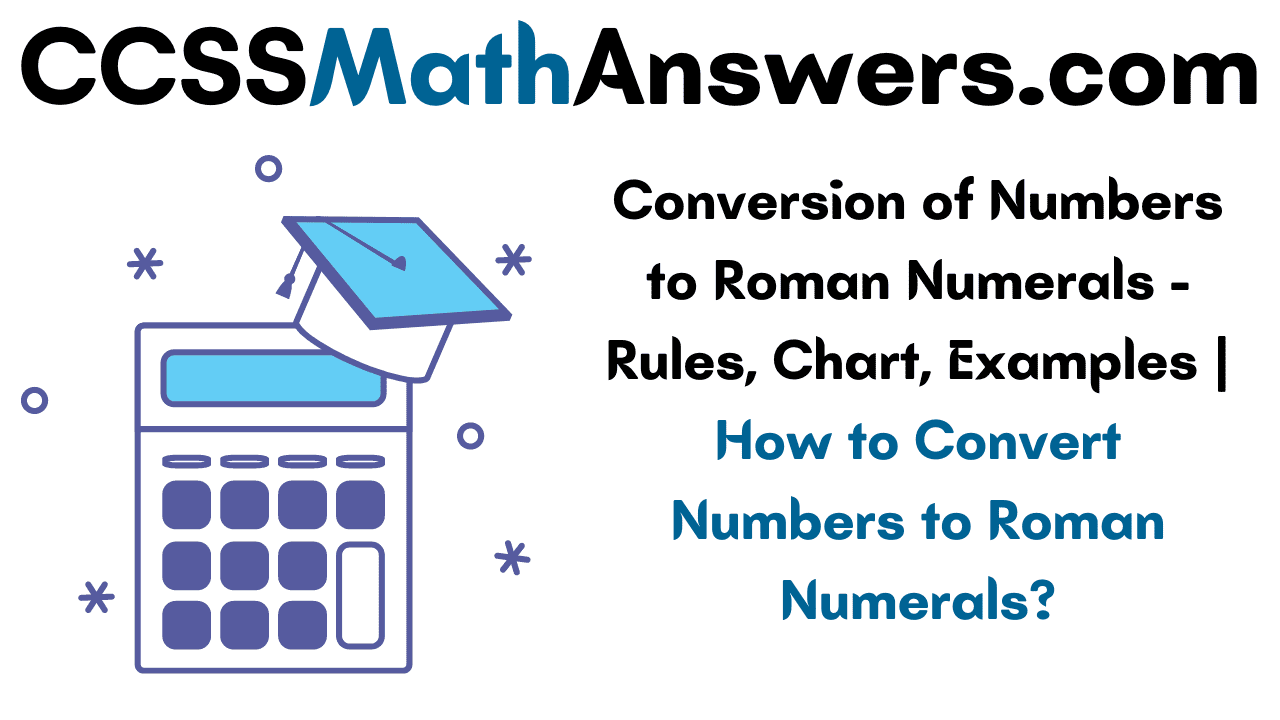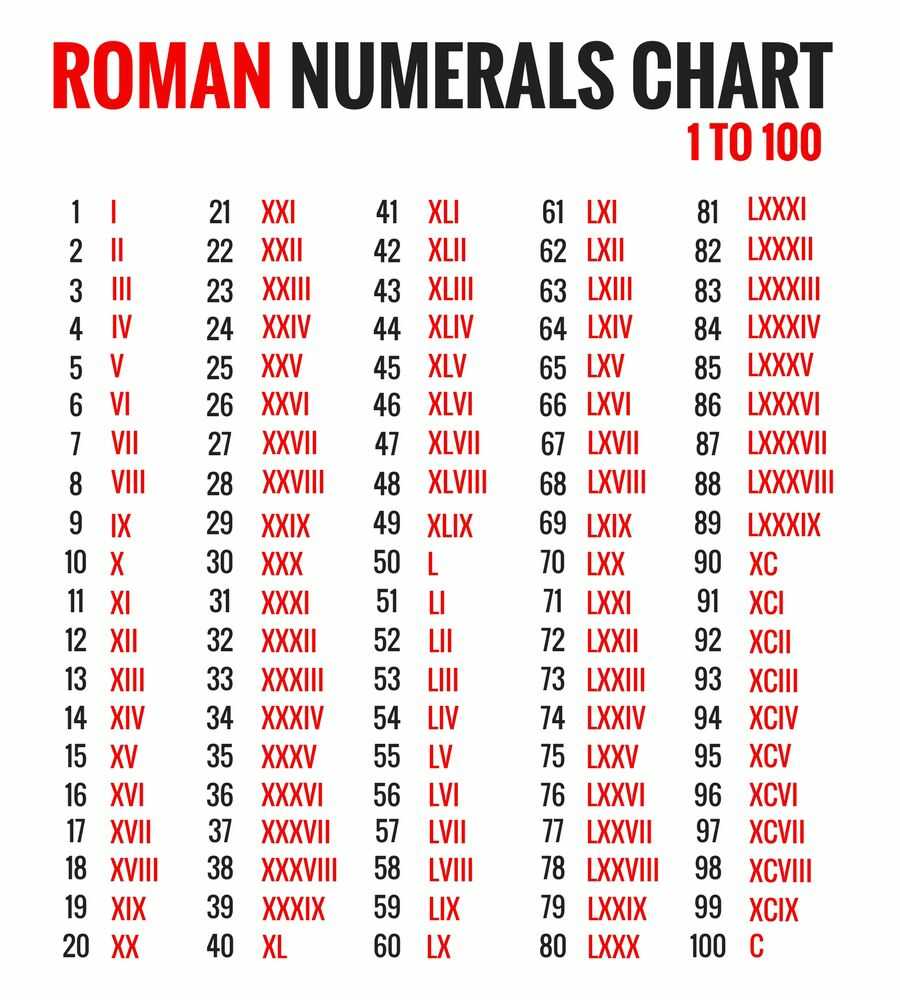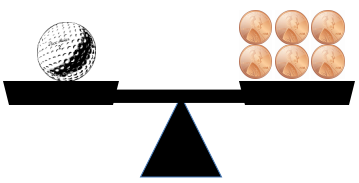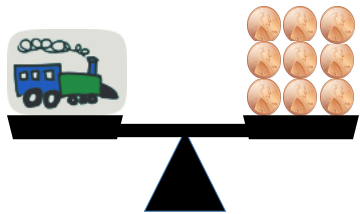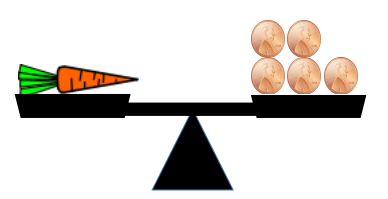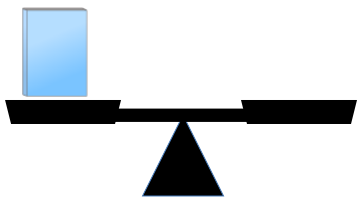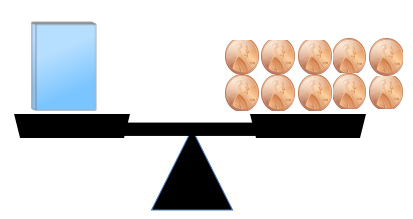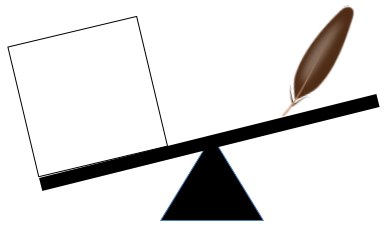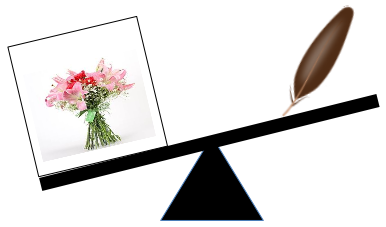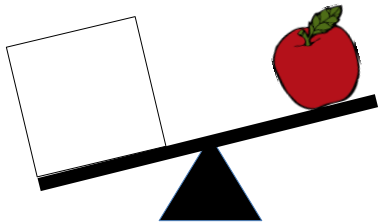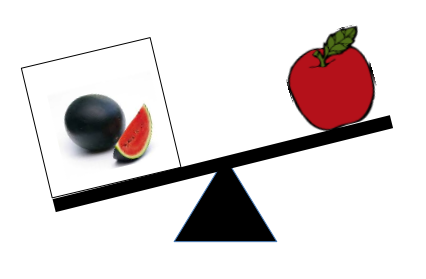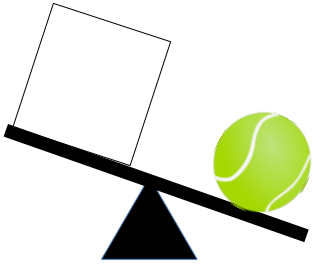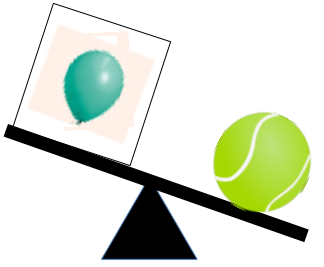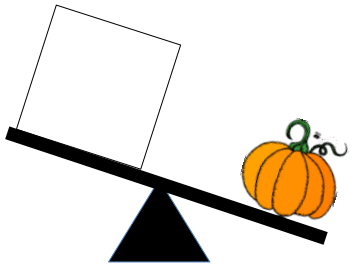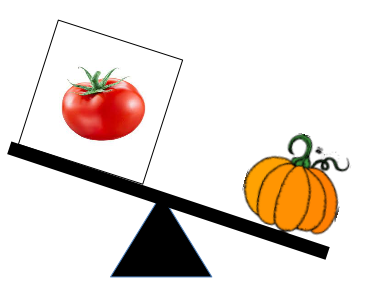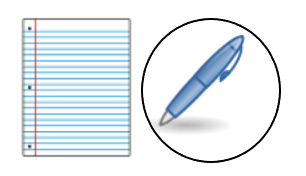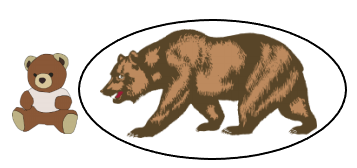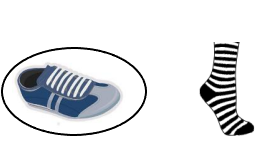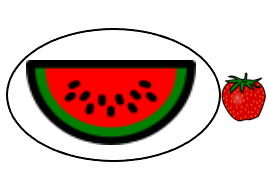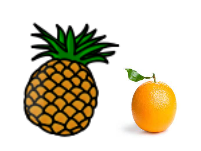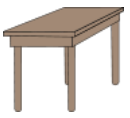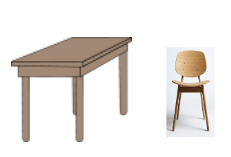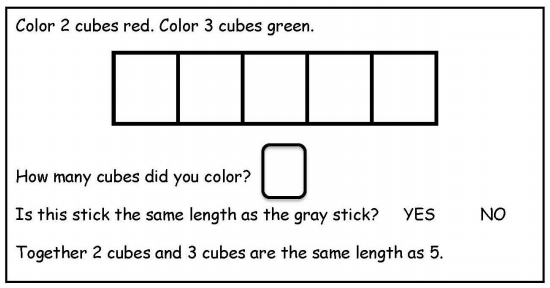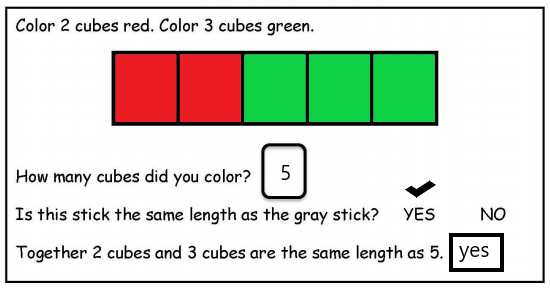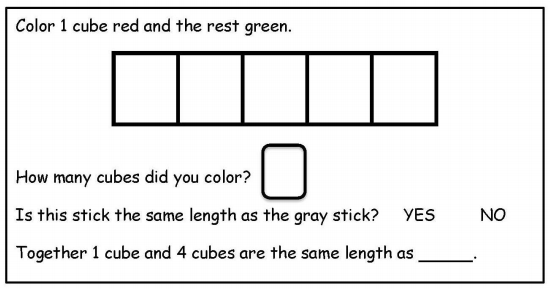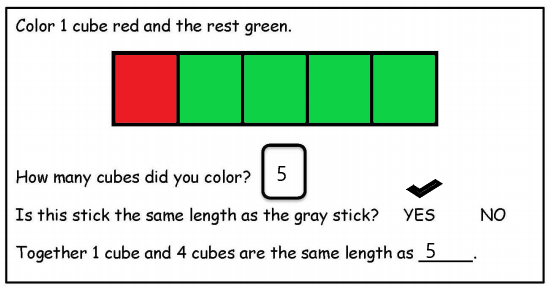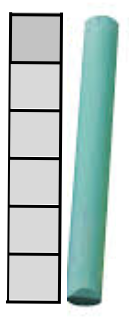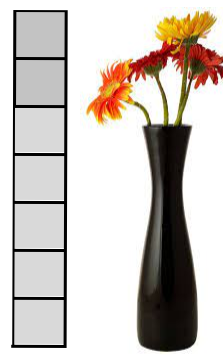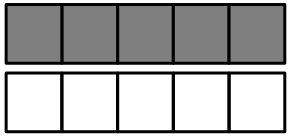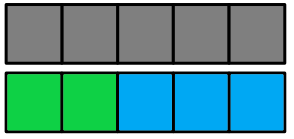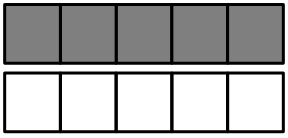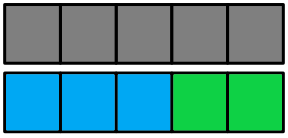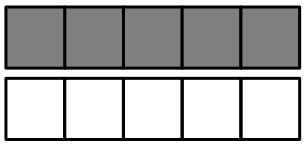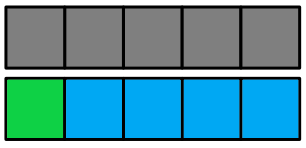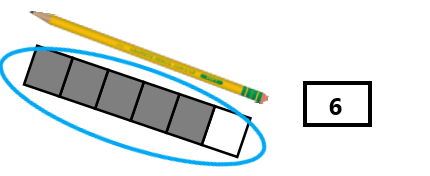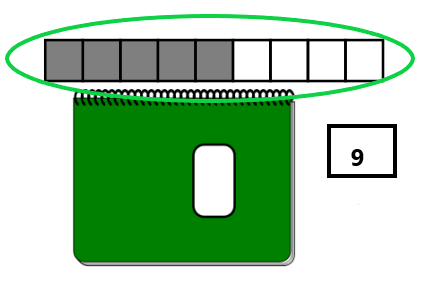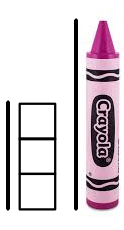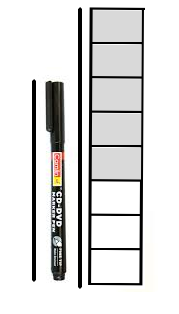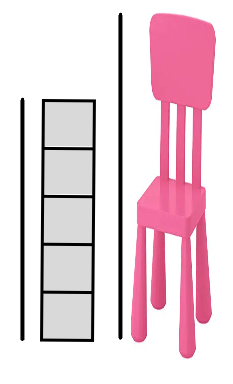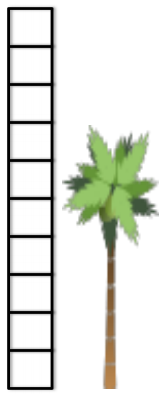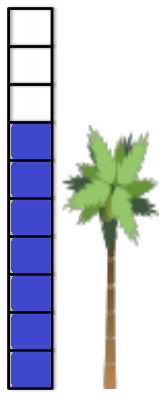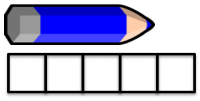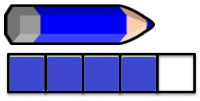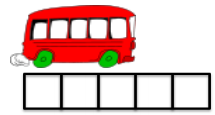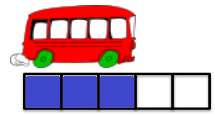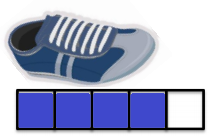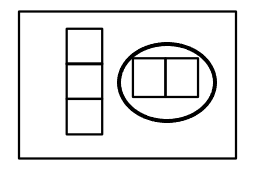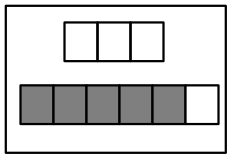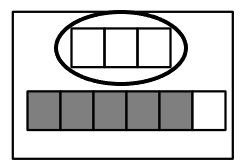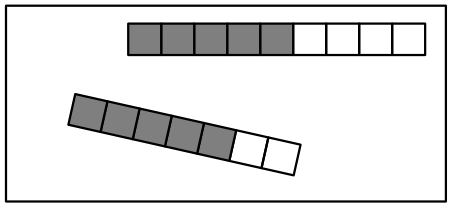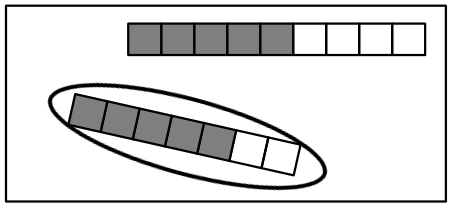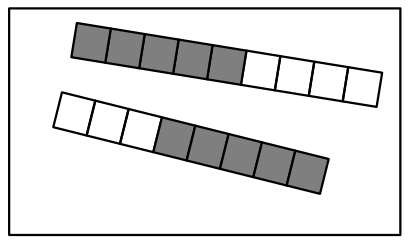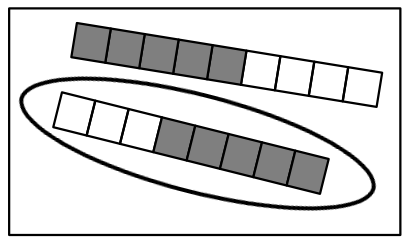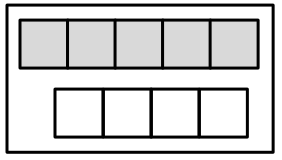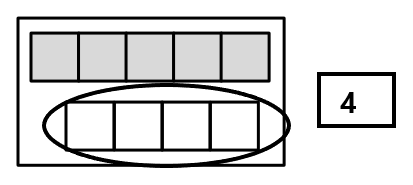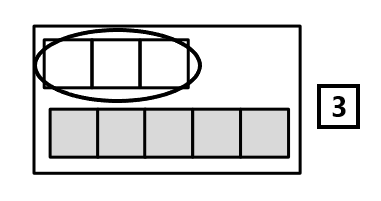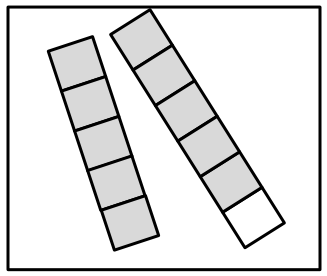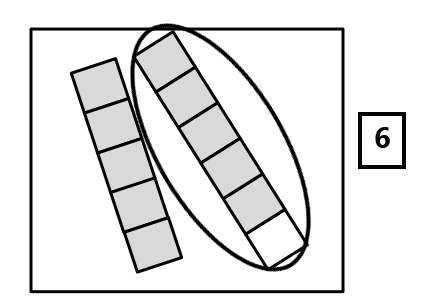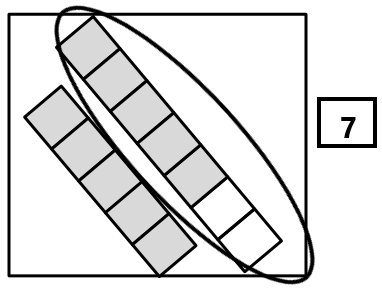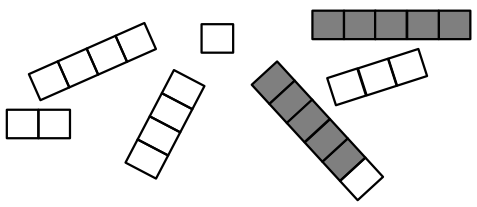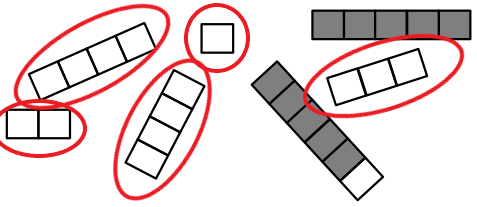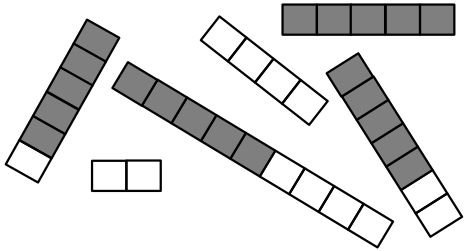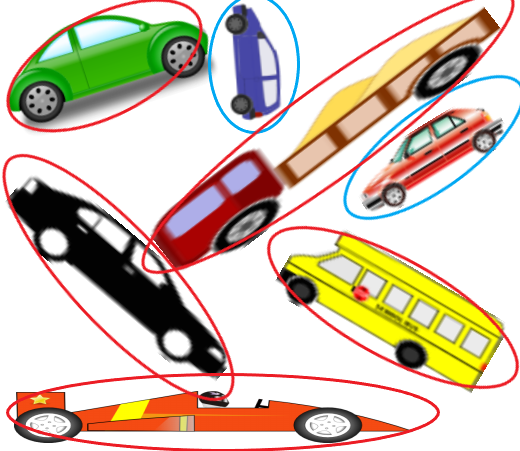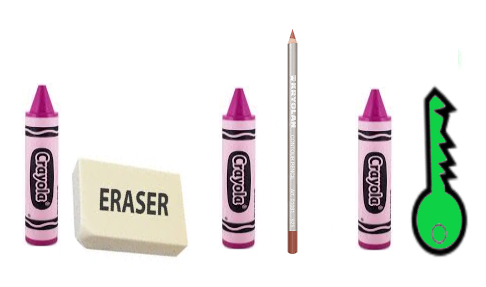Searching for help regarding the concept of Class Limits in Statistics? If so, you have come the right way and you will get a complete idea of the entire concept by going through this article. Check class limits definition, types, the procedure to find the class limits from data in the forthcoming modules. Get to know about the lower and upper-class limits along with the steps to solve the class limits problems. Refer to the step-by-step procedure for solving questions related to class limits. Refer to all the definitions involved in it.
Do Read:
Class Limits – Definition
To find the class limits there are numerous ways and methods to find the exact solution. There are two concepts involved in class limits. They are namely
1. Lower Class Limit
2. Upper-Class Limit
The class limits and the data values have the same accuracy rate and also have the same data values as the same number of decimal places. In this concept, the first-class interval extreme upper value and next class interval lower extreme value will not be equal. Class limits are considered as the maximum and minimum value of the class interval. Lower Class Limit is the minimum value of the interval and Upper-Class Limit is the maximum value of the interval.
How to find Class Limits?
While dealing with Class Limits in Statistics you will have two scenarios one is for overlapping groups and nonoverlapping groups. Refer to the following sections to get a complete idea of it.
1. Let the class intervals for some grouped data 10 – 15, 15 – 20, 20 – 25, 25 – 30, etc. In this case, the class intervals are overlapping and the distribution is continuous. 10, 15 are called the limits for the interval 10-15. However, 10 is the lower limit and 15 is the upper limit of the class.
In the same way, 15 and 20 are the lower and upper-class limits for the respective class interval 15-20. It is clear that the upper-class interval is the same as the lower limit for the next class interval in the case of overlapping groups.
2. Now, let us consider class intervals of grouped data to be 1-4, 5-8, 9 – 12, etc. in this the class intervals are non-overlapping and the distribution is discontinuous. 1, 4 are known as the class limits for the class interval 1-4 in which 1 is the lower class limit and 4 is the upper-class limit.
Similarly, 5 is the lower limit and 9 is the upper limit for the next interval 5-9. In this we can clearly observe that the upper limit of the class interval is not the same as a lower limit in the next class interval for nonoverlapping groups.
Class Mark or Mid Value or Midpoint
With respect to the class interval, it is defined as the average of two class boundaries or class limits. In other words, we can define it as the total or arithmetic mean of both class boundaries and class limits. Therefore, we have
Midpoint = LCL + UCL/2
= LCL + UCB/2
Class Boundaries
The class interval’s actual class limit is called the class boundary. For the classification of overlapping or classification of mutually exclusive which excludes some of the upper-class limits like 30-40,20-30,10-20 etc i.e., where the class limits and class boundaries coincide. Class boundaries are generally done for continuous variables. These are applicable for discrete variables that were mutually inclusive and non-overlapping classification which has the class limits like 20-29, 10-19, 0-9, etc.
LCB = LCL – (D/2)
UCB = UCL + (D/2)
where D is defined as the difference between the lower class limit of the next class interval and the upper-class limit of the given class interval.
Frequency Distribution
The frequency distribution divides the data and shows the number of data values that are present in each class.
Class Width
To find the class width, greatest data value – lowest data value /desired number of classes. If the value is in the decimal value, then round that value to the nearest convenient number.
Data Range for each class
LCL (Lower Class Limit) is the lowest data value that fits in the class
UCL (Upper-Class Limit) is the upper data that fits in the class
Frequency in the class
The number of values that fall in class is the frequency of the particular class.
Class Limits Example Problems with Solutions
Problem 1:
Data: 110, 122, 133 etc
| Class | Frequency | Class Limits | Class Boundaries | Class Mark | Class size |
|---|---|---|---|---|---|
| 80 – 99 | 2 | 80, 99 | 79.5, 99.5 | 89.5 | 20 |
| 100 – 119 | 5 | 100, 119 | 99.5, 119.5 | 109.5 | 20 |
| 120 – 139 | 12 | 120, 139 | 119.5, 138.5 | 129.5 | 20 |
| 140 – 159 | 6 | 140, 159 | 138.5, 158.5 | 149.5 | 20 |
| 25 |
Problem 2:
Data: 20.6, 11.7, 12.8 etc
| Class | Frequency | Class Limits | Class Boundaries | Class Mark | Class size |
|---|---|---|---|---|---|
| 19.6 – 24.5 | 10 | 19.6, 24.5 | 19.55, 24.55 | 22.05 | 5 |
| 24.6 – 34.5 | 20 | 24.6, 34.5 | 24.55, 34.55 | 39.55 | 10 |
| 34.6 – 54.5 | 30 | 34.6, 54.5 | 34.55, 54.55 | 49.55 | 20 |
| 44.6 – 64.5 | 25 | 44.6, 64.5 | 44.55, 64.55 | 59.55 | 10 |
| 85 |

